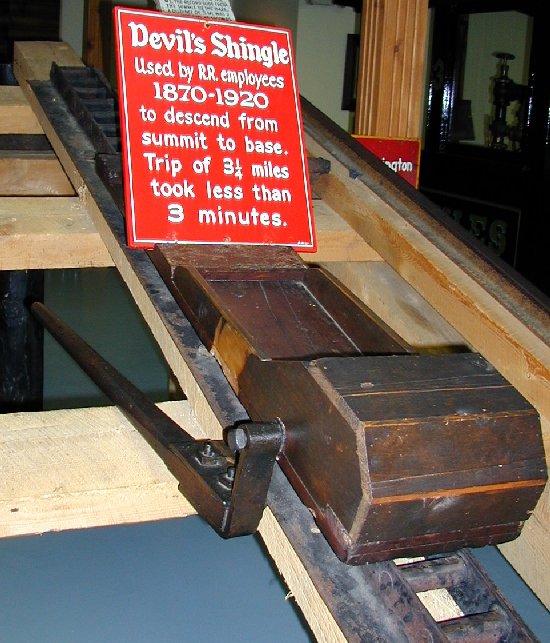woodbooga
cords of mystic memory
Right you are!
I recall Mrs. xtm commenting that the one we were using in a winter ski cabin looked like a steam locomotive - not really endorsed by Martha Stewart Designs....
xtm
That's funny. It does remind me a little bit of the engine that ran up the cog railway on Mt. Washington, the highest point in the Northeast.
They called this little engine that could "Old Peppersass" because of its resemblance to the pepper sauce bottles that were around in the years after the Civil War,













